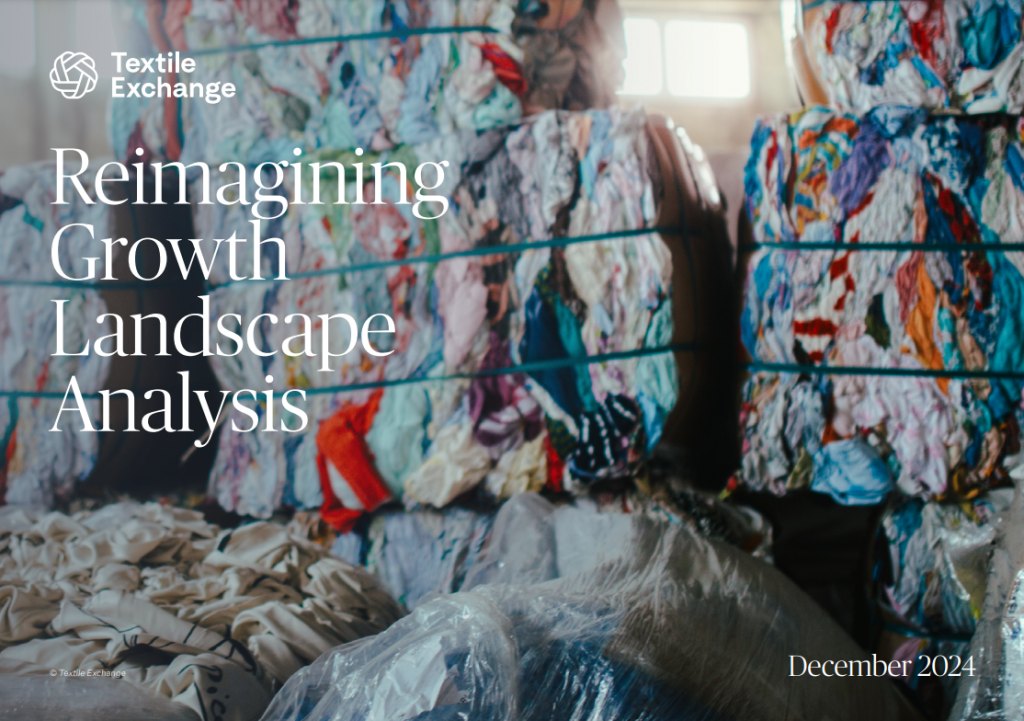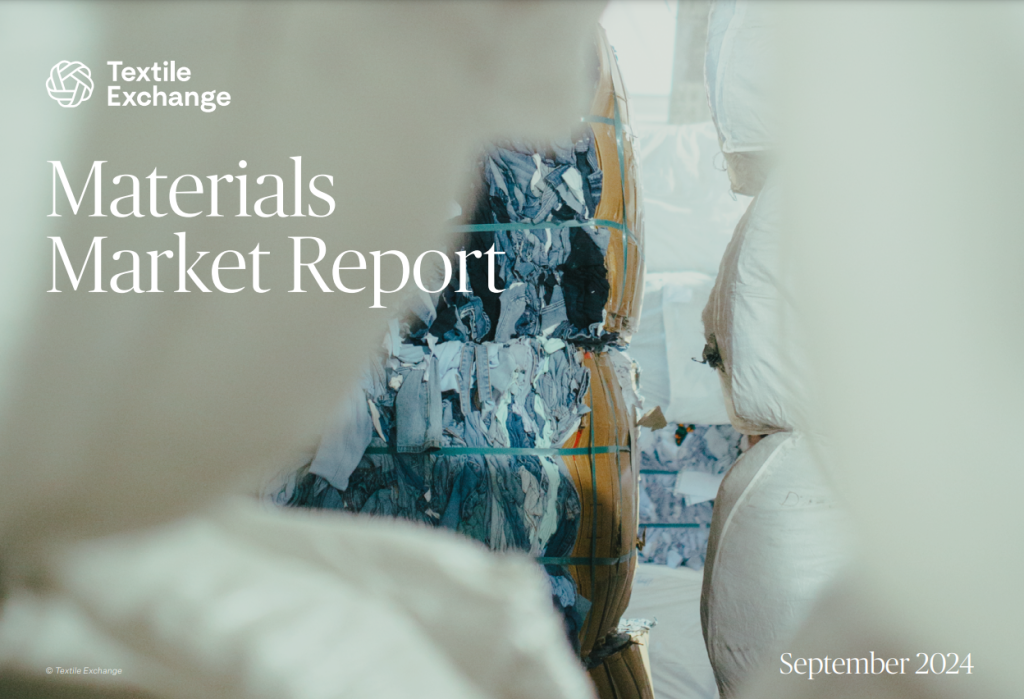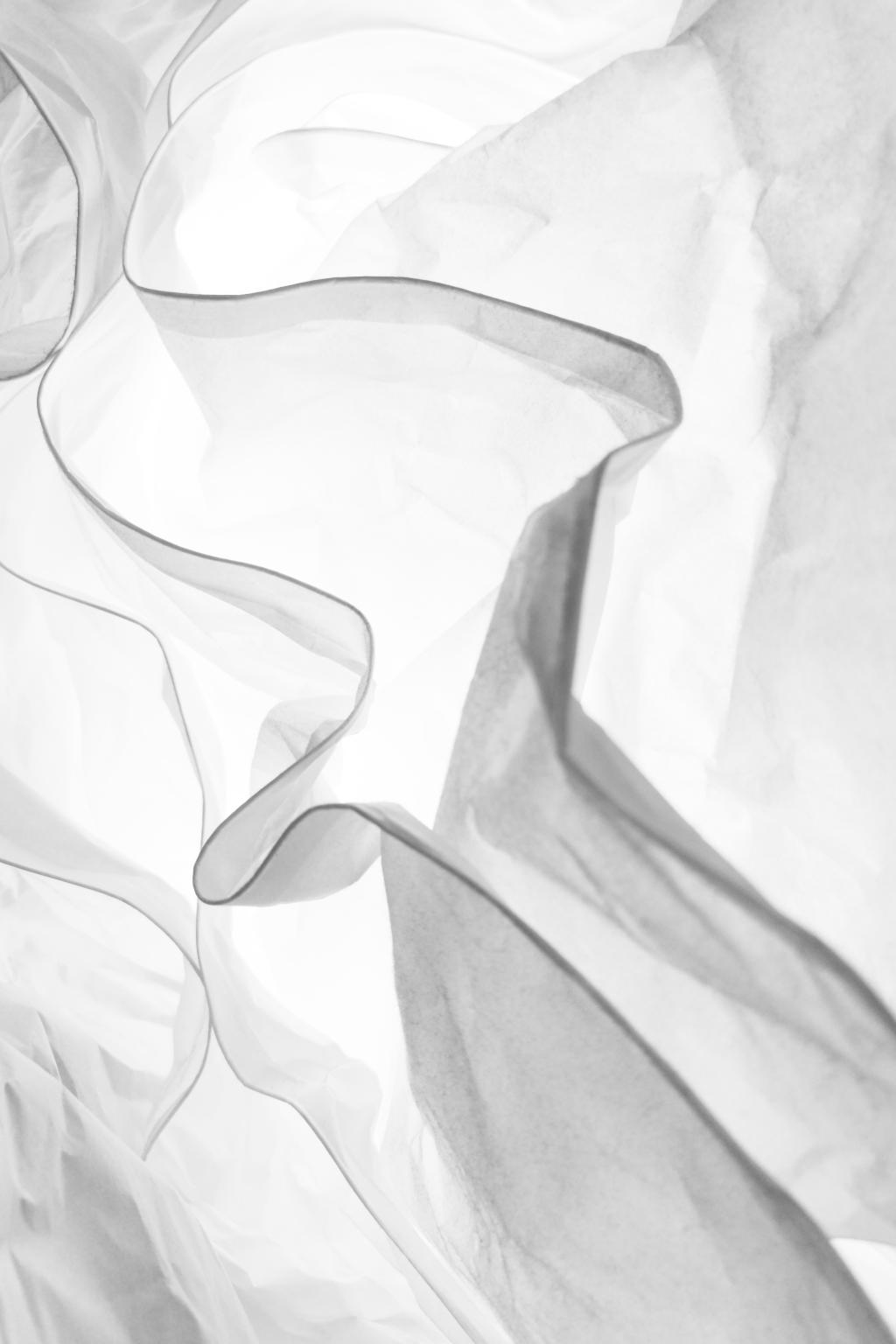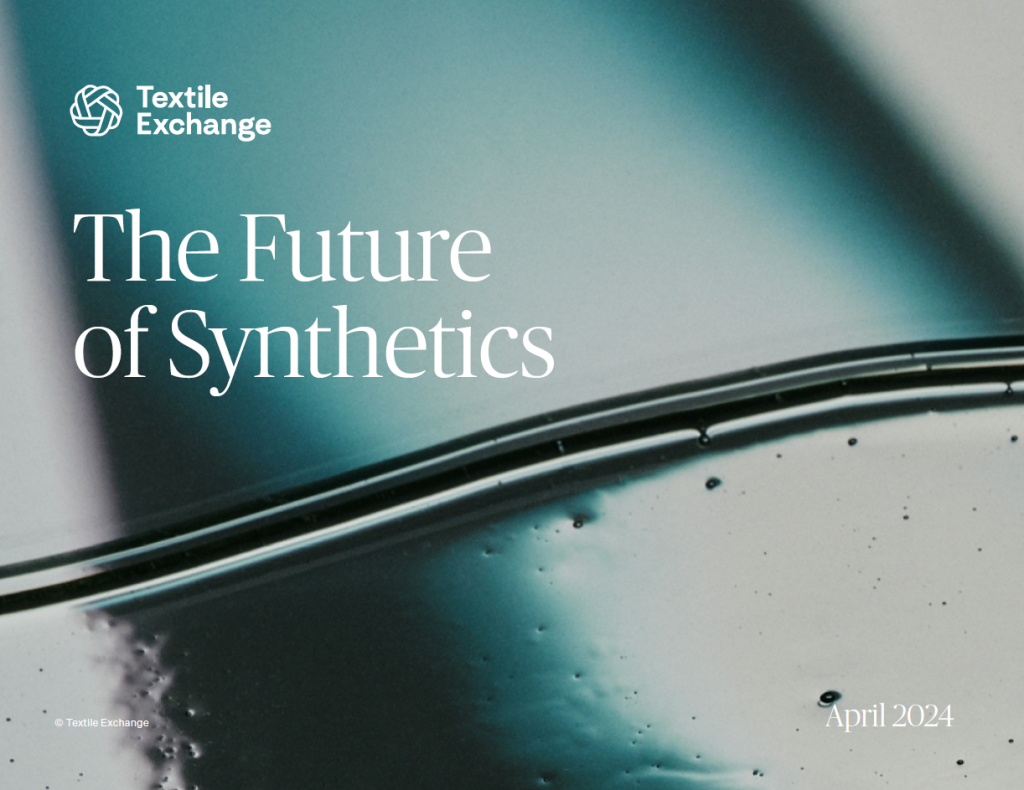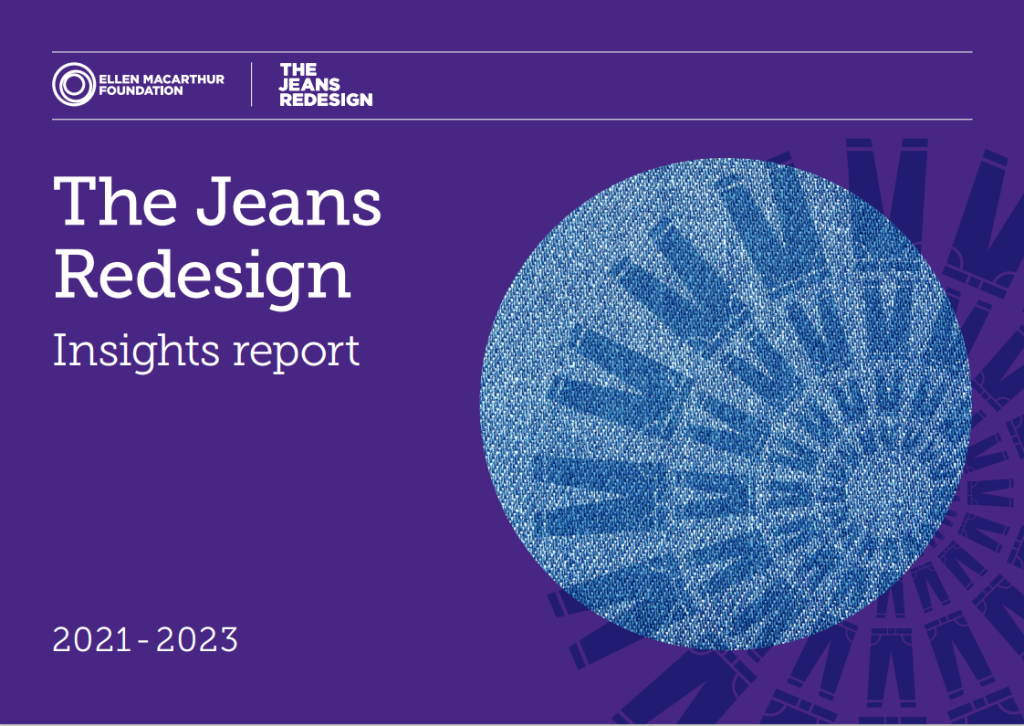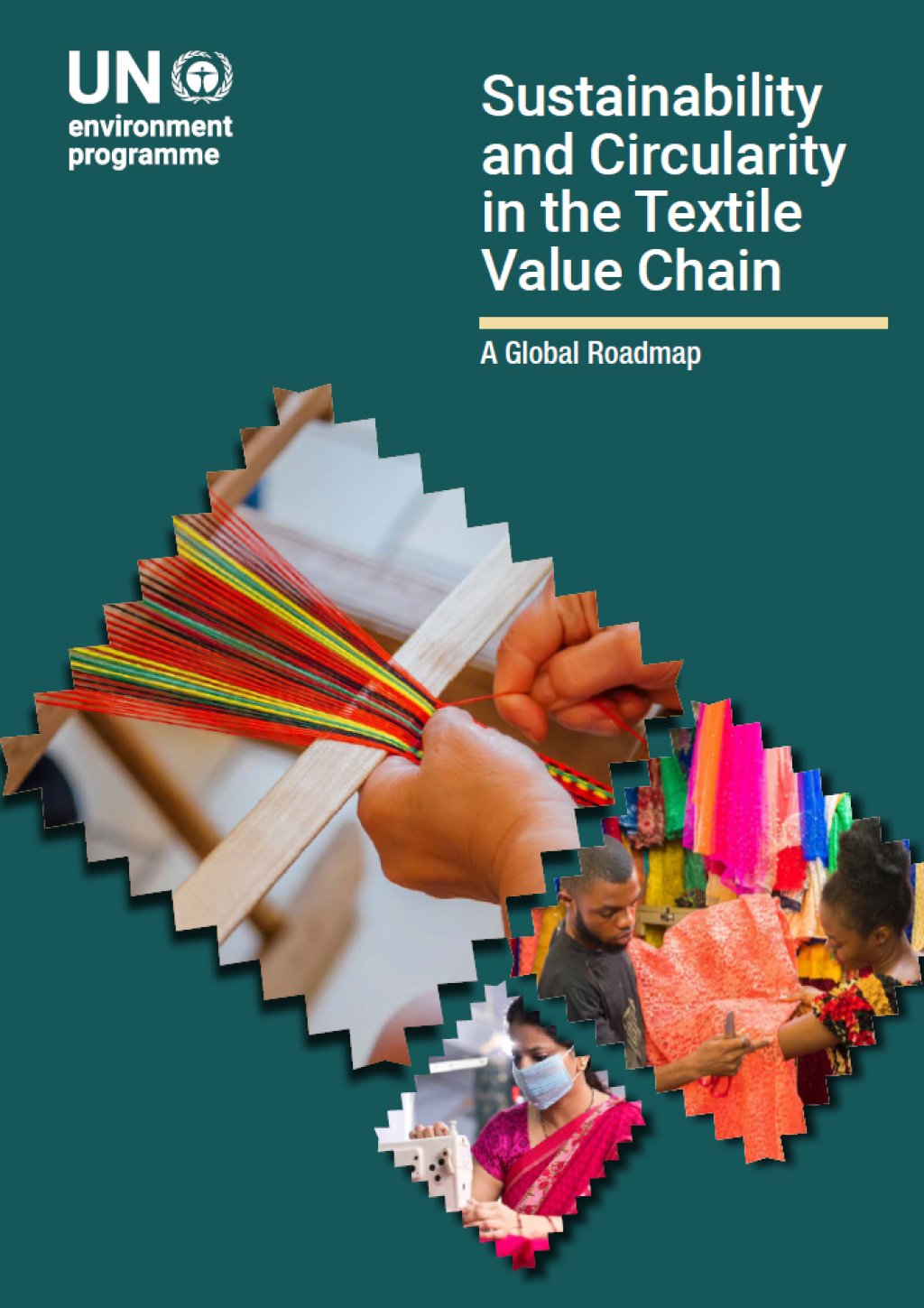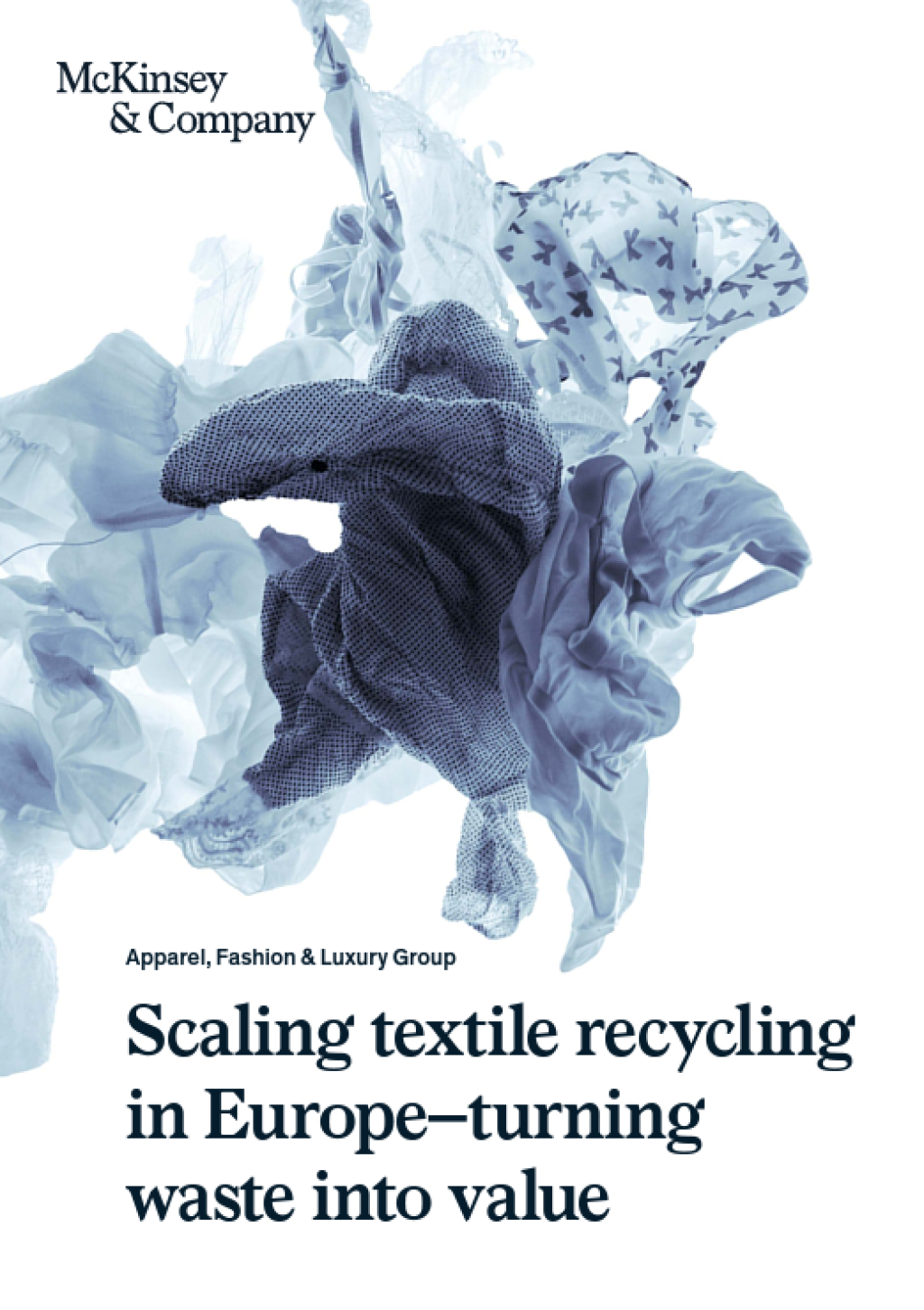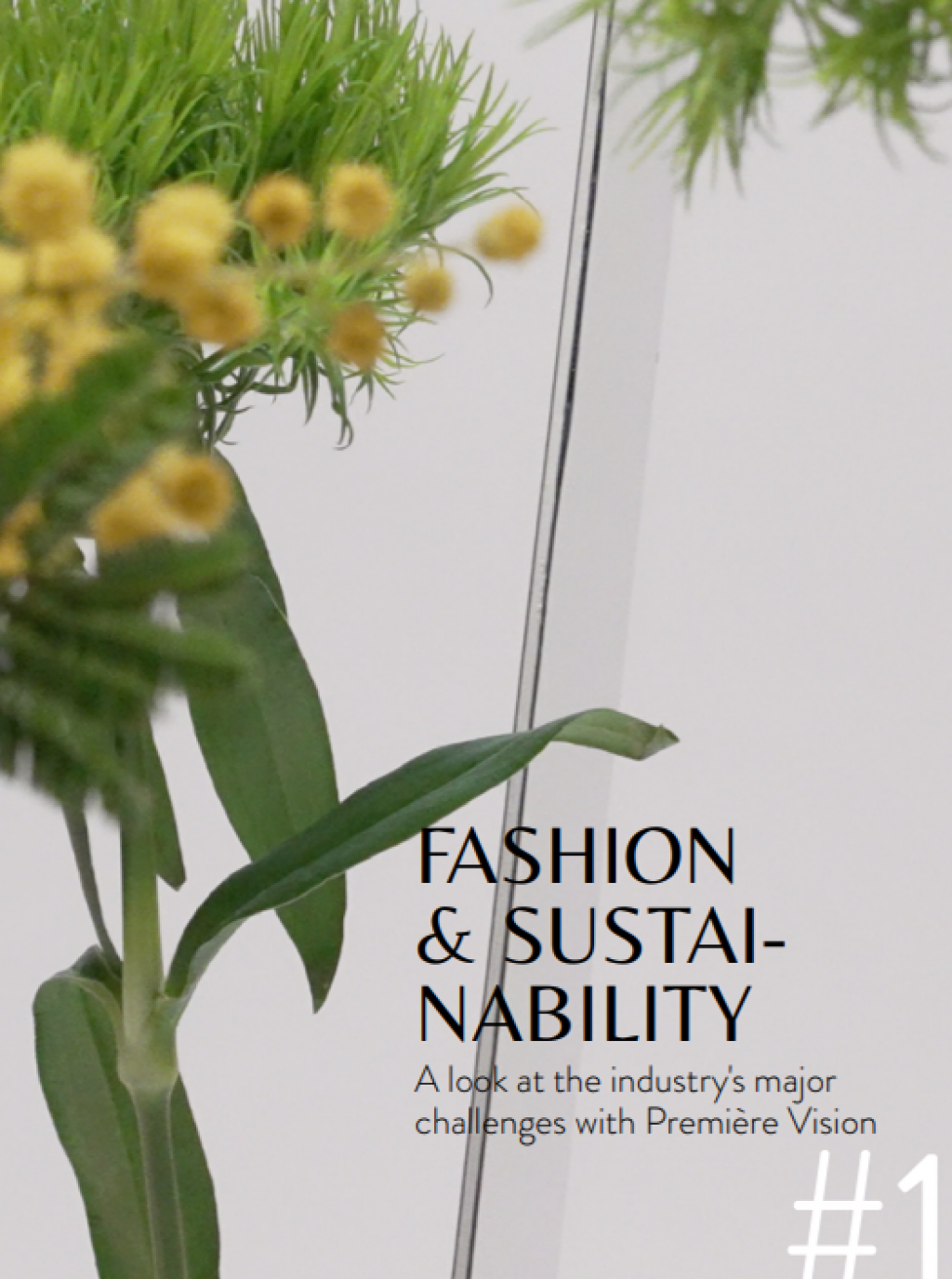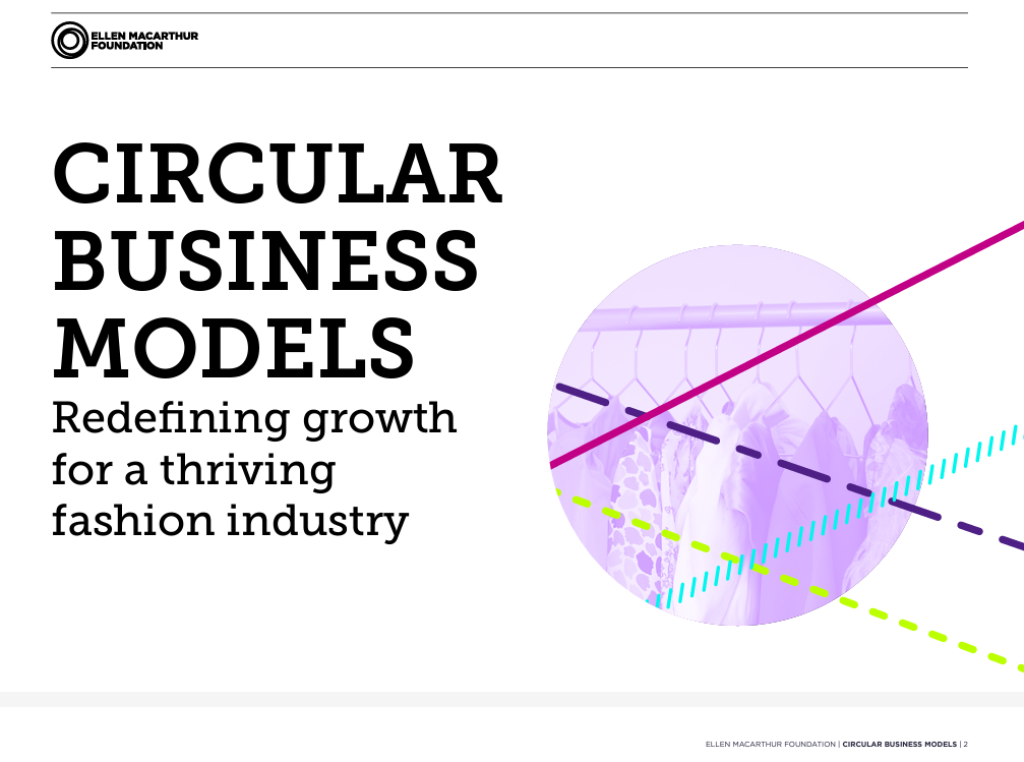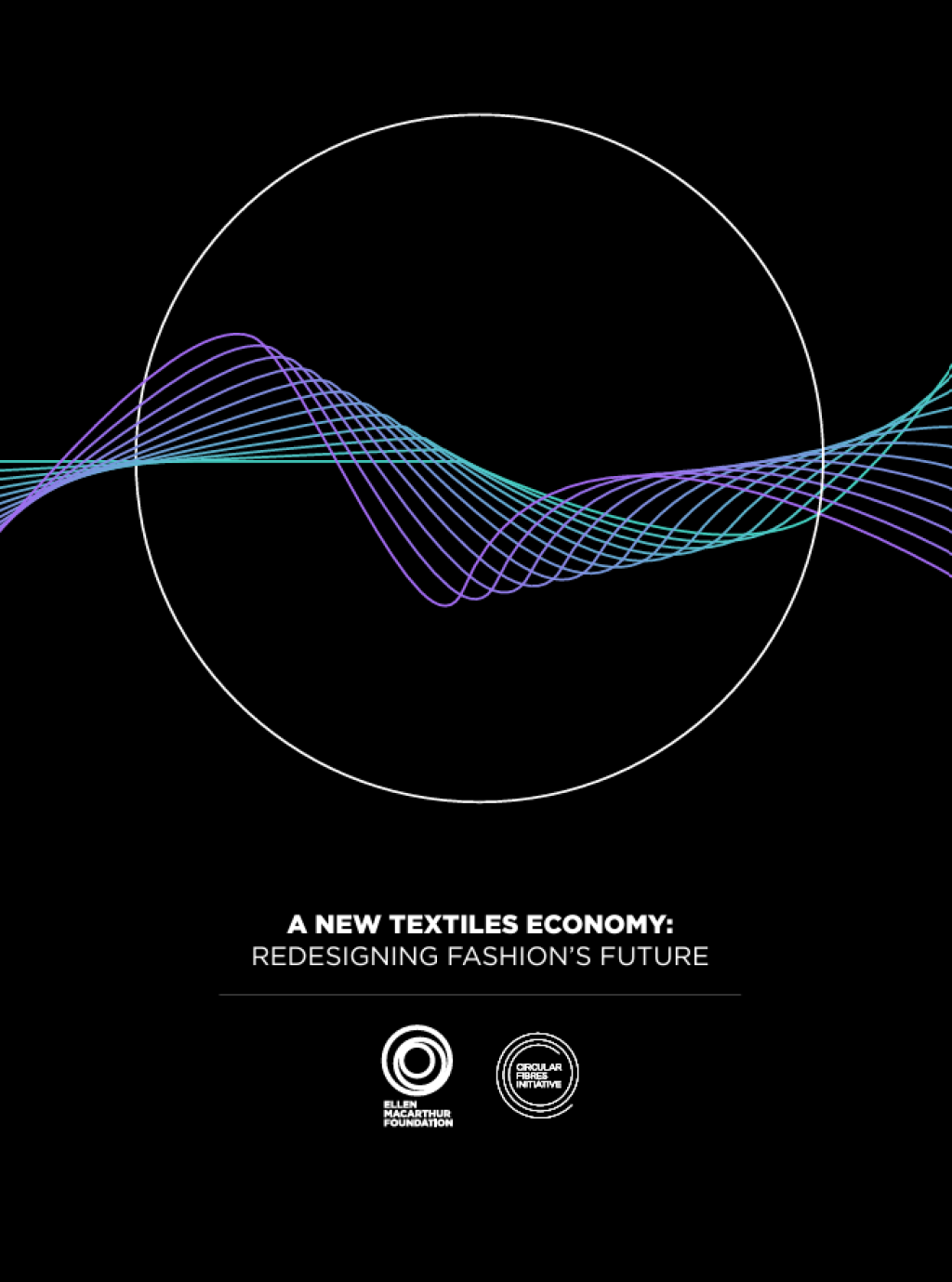Best practice guide on textiles design for recycling
Guide to textile recycling disruptors and facilitators.
Best practice guide on footwear design for recycling
Guide to shoe recycling disruptors and facilitators.
Release of microplastic fibers from synthetic textiles during household washing
Textile materials are one of the primary sources of microplastic pollution. The washing procedure is by far the most significant way that textile products release microplastic fibers (MPFs). Therefore, in this study, the effects of various textile raw materials (A acrylic, PA polyamide, PET polyester, RPET recycled polyester and PP polypropylene), fabric construction properties (woven, knitted), thickness and basis weight values on MPFs release at different washing stages (pre-washing, soaping/rinsing) were examined separately.
Impact of textile composition, structure, and treatment on microplastic release during washing: a review
This research critically reviewed the influence of textile characteristics, including textile content (fiber composition), yarn construction, material structure, and treatment type, on microplastic release from textile products during washing.
The future of synthetics
This report aims to establish a future vision for synthetic materials by promoting a greater understanding of the opportunities to replace the use of new virgin synthetics and reduce the industry’s reliance on fossil fuel extraction.
Investigating the influence of yarn characteristics on microfibre release from knitted fabrics during laundering
This study investigates the influence of various yarn characteristics on microfibre release from knitted fabrics as well as exploring the generation of microfibres during the knitting process.
Sustainable Raw Materials Will Drive Profitability for Fashion and Apparel Brands
This publication offers a perspective on the challenges and opportunities for fashion and apparel brands as they transition to low-climate-impact raw materials to enable compliance with upcoming regulations and to meet Scope 3 climate targets.
The Jeans Redesign Insights Report 2021-2023
The Jeans Redesign aims to demonstrate how jeans can be designed and made for a circular economy. More than 100 organisations across the textile industry have redesigned and brought to market jeans that align with this ambition, by moving beyond theoretical discussions, learning by doing, testing new solutions, and overcoming innovation gaps.
The State of Fashion 2023
Looking ahead to 2023, the drivers contributing to a broad state of global fragility are top of mind for fashion executives. In the BoF-McKinsey State of Fashion 2023 Survey, 85 percent of fashion executives predict inflation will continue to challenge the market next year. Meanwhile, geopolitical tensions, specifically around the ongoing war in Ukraine, have disrupted supply chains and created an energy crisis that 58 percent of executives also believe will weaken the fashion market.
Textile processing guide : Pre-treatment, colouration and finishing
This guide looks at the environmental impacts of the dyeing and finishing processes in the fabric production stage and highlights mechanical and chemical innovations that have less impact on the environment.
Scaling textile recycling in Europe - turning waste into value
Textile recycling can turn Europe’s textile waste into value and build a sustainable and profitable new industry. Beyond the direct economic benefits, scaling textile recycling unlocks several environmental and social benefits.
Systematic study of the presence of microplastic fibers during polyester yarn production
Microplastic fibers are shed from synthetic textiles during their user phase, primarily during washing. However, there is little known about their origin, except that they are likely embedded in textiles already since their production. Therefore, we systematically examined the presence of microplastic fibers during the process of yarn production..
Roadmap to net zero: delivering sciencebased targets in the apparel sector
This research identified six interventions that deliver over 60 percent of the necessary reductions to align with a 1.5°C scenario: maximizing material efficiency, scaling more sustainable materials and practices, accelerating the development of innovative materials, maximizing energy efficiency, eliminating coal in manufacturing, and shifting to 100 percent renewable electricity.
Circular business models: redefining growth for a thriving fashion industry
Circular business models represent a significant opportunity for new and better growth in the fashion industry. This study examines how businesses can seize the full economic and environmental opportunity, and highlights those already taking steps to do so.
The Great Green Washing Machine Part 1: Back To The Roots Of Sustainability
The fashion industry has the potential to create positive impacts for business and society. In this initial white paper, we start with the foundation from which all sustainability initiatives must be derived.
Sustainability and Circularity in the Textile Value Chain - Global Stocktaking
This report provides an analysis of the environmental and socio-economic hotspots along the entire textile value chain and looks at a range of associated impacts, as well as at how different stages in the value chain are dominant in different impacts
Vision of a Circular Economy for Fashion
A circular economy vision in which products (clothing, footwear, accessories) are used for longer durations, are designed to be re-manufactured, and are made from safe materials and recycled or renewable incoming materials.
Sustainable Materials Guide : Viscose
Viscose is the third most used fibre in the world. Often considered as a vegetal alternative to silk owing to its properties, viscose can have serious consequences for forests, employees and local communities. Find out more about what needs to be considered when developing fashion collections using viscose.
Circular Economy Action Plan
A European action plan for a sustainable economic system designed according to a new industrial strategy.
Sustainable Strategies Toolkit
A toolkit which proposes the necessary resources to develop a sustainable fashion strategy.
MILAN AV-JC : Zero Waste Fashion Design
Objectives and working methods for zero waste fashion design.
A new textiles economy: Redesigning fashion’s future
This report proposes a vision for a new textiles economy aligned with the principles of a circular economy: one that is restorative and regenerative by design and provides benefits for business, society, and the environment.
The Life Cycle of a Pair of Jeans
The life cycle analysis of a pair of Levi's 501 jeans.
Would you like to give us more details? Click here.



